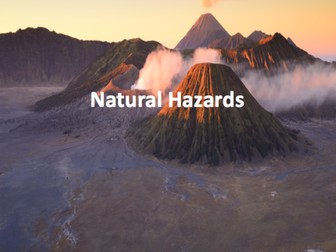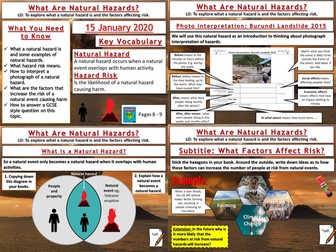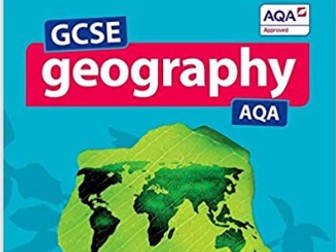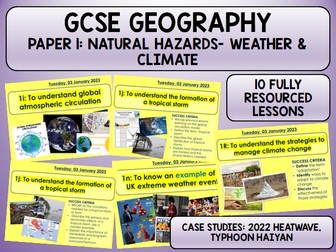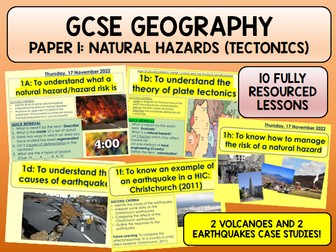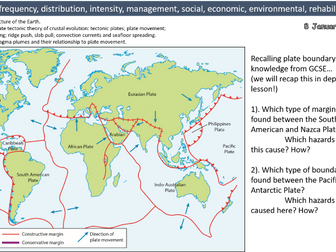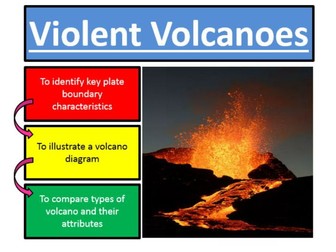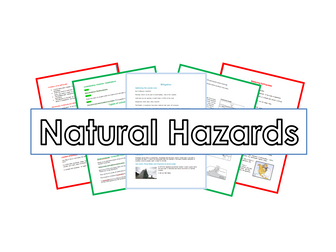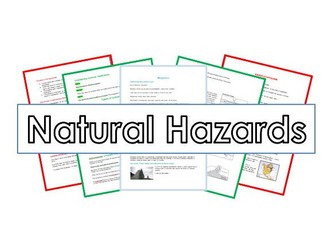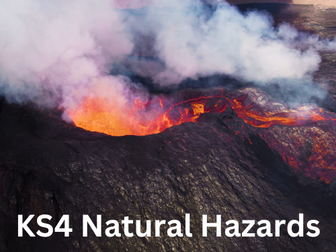
Natural Hazards
Full KS3 unit of work for Natural Hazards. This unit explores Natural Hazards, from plate tectonics to volcanoes, earthquakes and hurricanes. All lesson are suitable for 50 minutes to 1 hour of teaching time. Includes supporting worksheets for lessons - no additional resources are required.
All lessons have a starter and learning objectives. All PowerPoints in the same signature style.
Lesson sequence:
1 – Structure of the earth
2 – Plate tectonics
3 – Destructive plate boundaries
4 – Constructive and conservative plate boundaries
5 – Volcanoes
6 – Volcano ICT fact file
7 – Mt St Helens
8 – Mt Vesuvius
9 – Why live near a volcano?
10 - Earthquakes
11 – Measuring earthquakes
12 – Kobe, Japan
13 - Tsunami
14 – Japanese 2001 Tsunami
15 – Japanese Tsunami documentary
16 – Formation of a tropical storm
17 – Hurricane Katrina ICT fact file
18 – Hurricane Katrina documentary
19 – Comparing MEDC and LEDC disasters
20 – Revision
Also includes Geography Literacy mat and Geography Numeracy/Map Skills mat.
For more resources visit This is Geography. Full SoW for all new GCSE specifications - AQA, Edexcel, OCR, CIE IGCSE, Edexcel IGCSE and Eduqas. As well as over 200 lessons for KS3 and KS2. Want something bespoke designing? Email us for further details info@thisisgeography.co.uk
